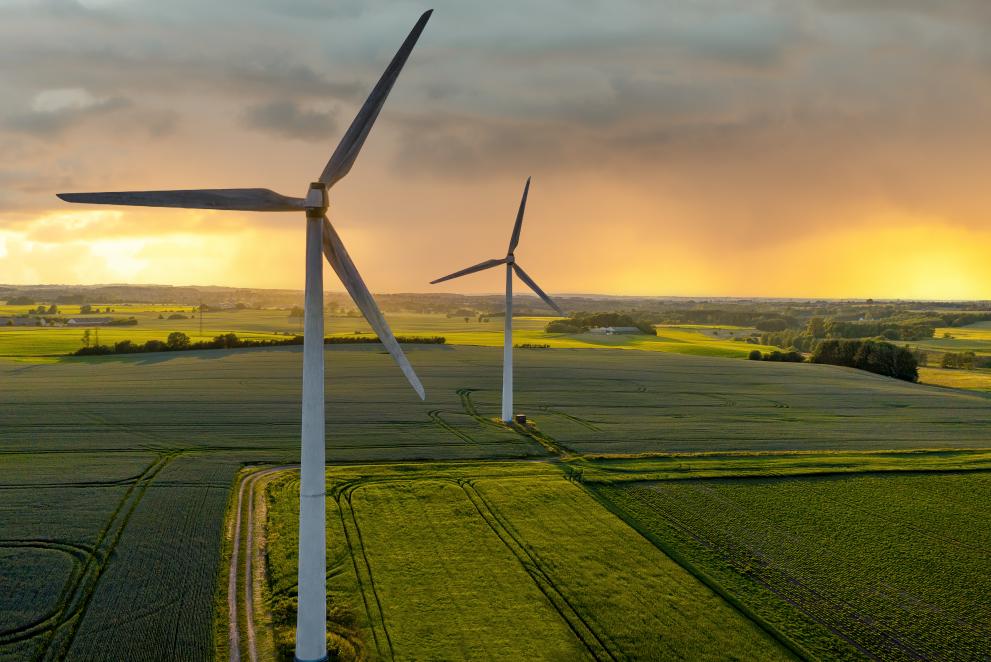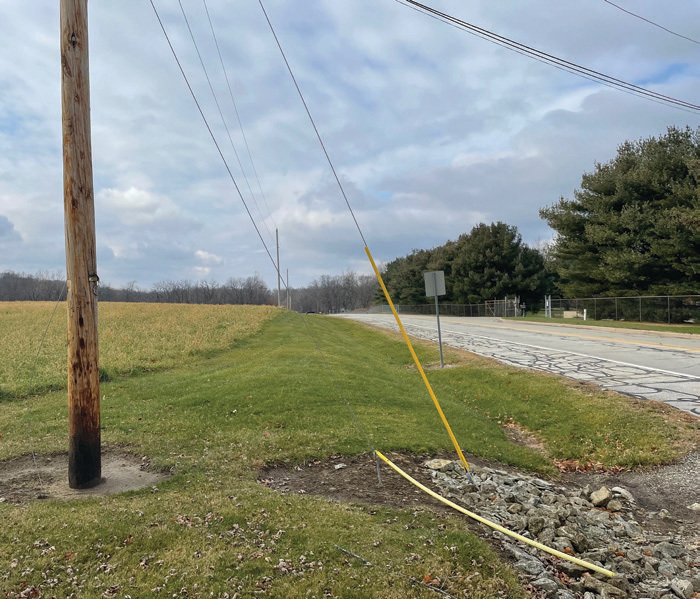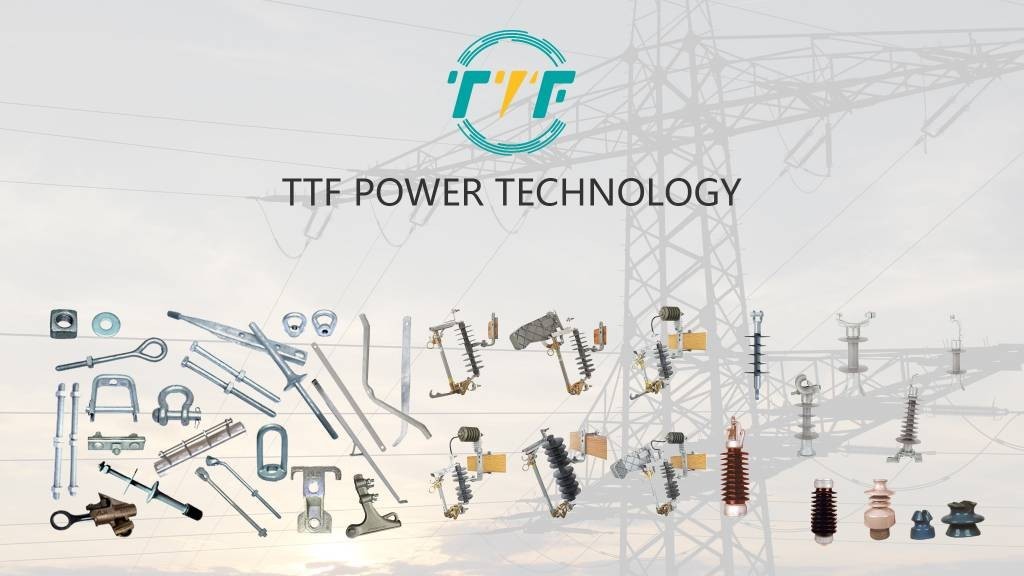
Colombia has ambitious wind energy initiatives that are currently encountering significant setbacks as major firms withdraw from projects due to regulatory challenges, social tensions, and inadequate grid infrastructure. These challenges may stall renewable energy development and pose risks to energy security and economic diversification efforts. There is also the lack of meaningful engagement that led to protests and legal challenges. The existing power grid lacks the capacity to accommodate new renewable energy sources. Delays in expanding and upgrading transmission infrastructure hinder the distribution of generated wind energy to demand centers. There are several strategies that can help revitalize wind energy development in Colombia. These include streamlining regulatory processes, enhancing community engagement, and upgrading grid infrastructure. Colombia can realize its wind energy potential by addressing these challenges. Guy wires support wind turbine structures for lattice towers, hybrid designs, and temporary installations.
Guy wires are a cost-effective, flexible solution for Colombia’s wind energy expansion in remote, high-wind, or geologically challenging areas. They stabilize taller, cheaper, and more adaptable turbines. Guyed towers are a lower-cost alternative to traditional tubular steel towers, reducing material expenses. This makes wind projects more economically viable in remote areas with logistical challenges. Guy wires distribute structural loads more evenly, reducing the need for deep concrete foundations. This allows turbines to be installed in softer or uneven terrains where conventional towers would be unstable. Guy-wired turbines can be assembled more quickly than traditional ones. They allow modular expansion where extra turbines can be added with minimal foundation work. High-tensile steel guy wires resist corrosion, absorb dynamic loads, and prevent tower collapse during storms. Guy wires are essential temporary meteorological masts used in wind resource assessment. They also support relocatable wind systems for testing new sites before permanent installation.
Guy wires expanding wind energy capacity in Colombia
Guy wires are tensioned cables anchored to the ground and attached to a vertical structure. Their primary role is to provide lateral support and reduce the stress on the main structure caused by wind loads, vibration, and turbine operation. Guy wires are crucial for structural stability and cost-efficiency. Guy wires need more space due to the anchor points, which could complicate land-use negotiations. The wires must be tensioned properly and inspected regularly to prevent accidents. Here is how guy wires support wind energy expansion in Colombia.

- Enabling lightweight and low-cost turbine installations— Guyed towers need less material than self-supporting towers to reduce costs. Lower installation costs are crucial for developing turbines in rural areas.
- Easing deployment in remote areas— Guyed towers are modular and easier to transport than large monopole towers. They can be delivered and assembled with less heavy equipment.
- Stabilizing turbines in high-wind zones—guy wires enhance structural integrity during strong gusts or storms. They can help reduce tower fatigue and extend turbine lifespan.
- Supporting hybrid energy systems— Guyed towers support smaller turbines that complement solar panels or diesel generators. Hybrid systems can provide stable energy to remote indigenous communities and reduce dependence on fossil fuels.
Addressing key barriers to wind energy development in Colombia
Colombia has great potential for wind energy in regions like La Guajira with high wind speeds. The key barriers include regulatory bottlenecks, social opposition, and grid infrastructure gaps. Colombia must take a complex, inclusive, and forward-thinking approach. The key strategies include:

- Regulatory reform—the main challenge includes lengthy and complex approval processes that deter investors and delay project timelines. Solutions include one-stop-shop permitting, set legal limits for approvals, and regulatory consistency.
- Improved social and indigenous engagement—Colombia faces challenges such as opposition from indigenous communities like the Wayuu. They can address this through ensuring meaningful consultations, creating benefit-sharing models, and community ownership incentives.
- Grid modernization and transmission expansion—the lack of transmission capacity is a bottleneck for new wind energy. Solutions include speeding up transmission projects, using public-private partnerships, and smart grid investments.
- Aligning wind energy with national development goals—wind projects operate in isolation from broader national development plans. Colombia could embed energy projects into local planning frameworks, use wind energy to decarbonize industry, and link with climate commitments. This includes integrating wind targets into Colombia’s nationally determined contributions under the Paris Agreement.
